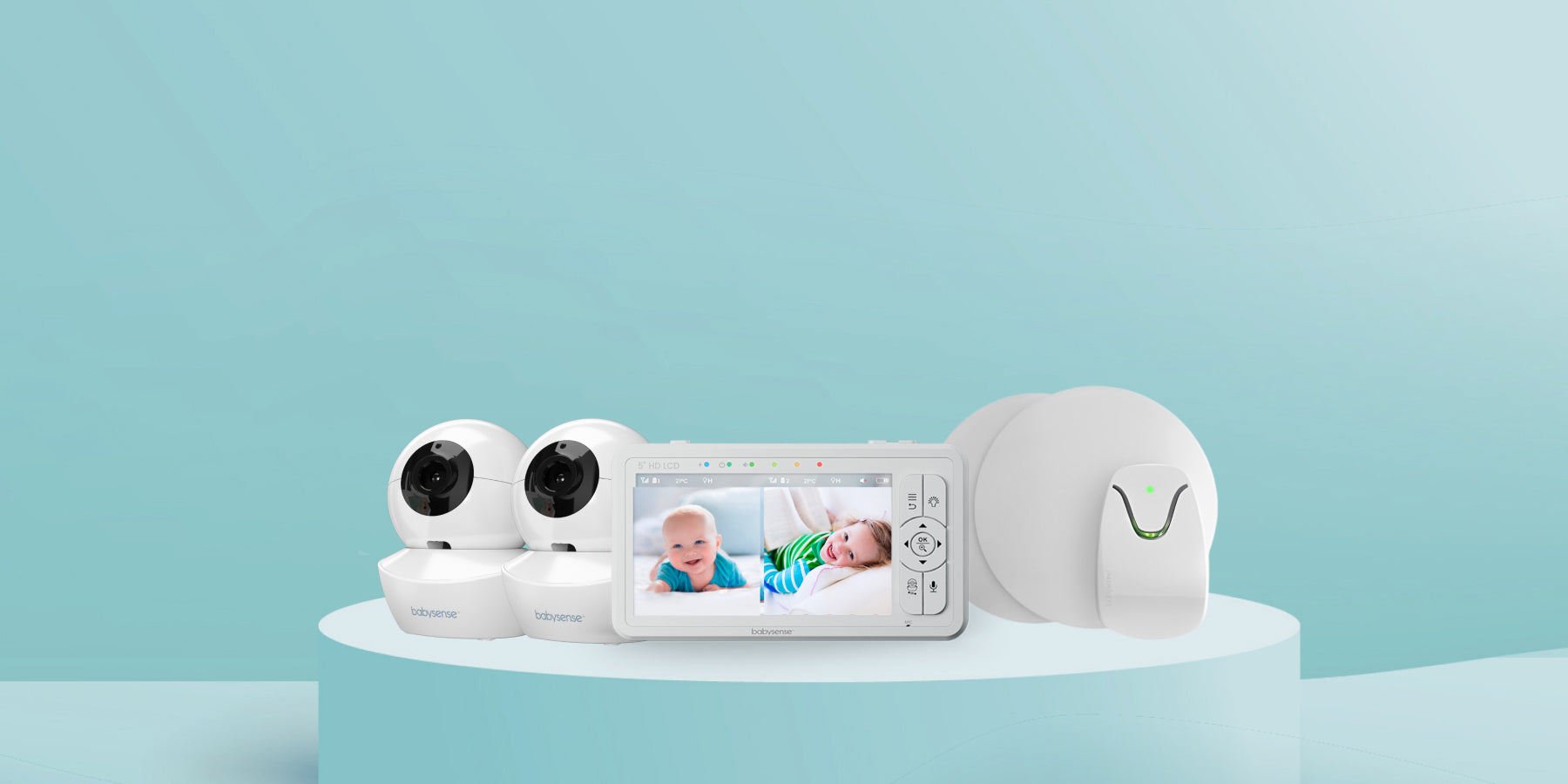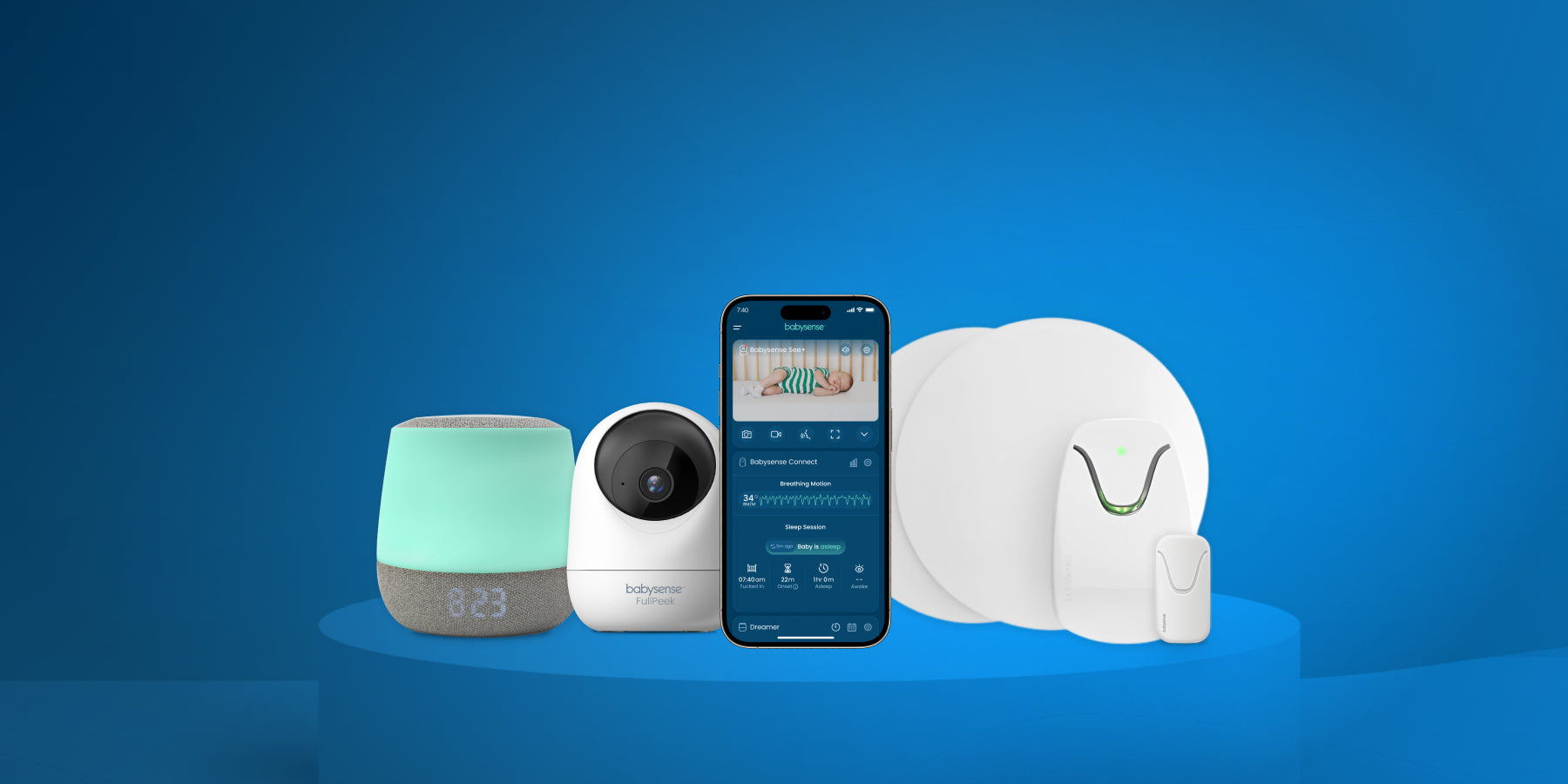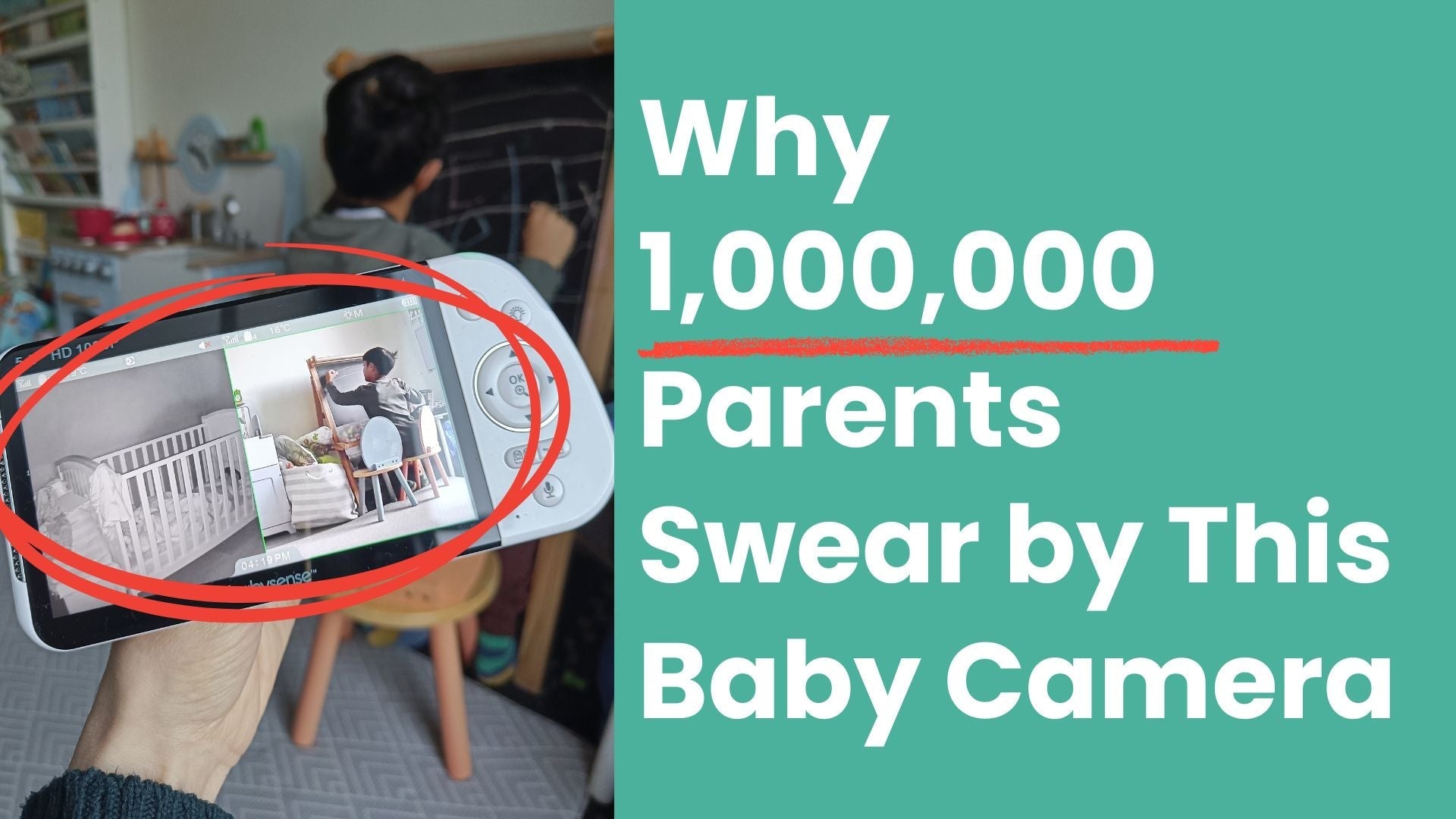Spoiler: if the nursery is quiet but your mind is racing, the problem might not be the sleep schedule—it might be you running on empty.
Why This Matters
Up to 1 in 5 new parents develop postpartum anxiety (PPA), a condition marked by nonstop worry, racing thoughts and physical tension that can hijack even the calmest night. When left unchecked, PPA feeds a vicious cycle: the more you worry, the more you check on baby, the less you rest—so the anxiety snowballs.
Below are five red-flag patterns clinicians see over and over. Spotting them early lets you hit pause, ask for help and recharge—often without overhauling your baby’s routine.
1. You Keep Checking the Monitor Even When Baby Is Sleeping Soundly
Therapists who treat postpartum anxiety list “repeatedly checking the baby monitor, even when everything looks fine” as a classic symptom of intrusive-thought–driven worry.
Quick reset: Mute motion alerts for a set window (e.g., midnight–2 a.m.) or hand the parent unit to your partner so you can practice uninterrupted rest.
2. You Can’t Sleep When the Baby Sleeps
PPA often shows up as an inability to relax—even during baby’s longest stretch. Difficulty sleeping, a racing heart or shortness of breath while the house is quiet are tell-tale signs.
Quick reset: If you haven’t fallen asleep after 20 minutes, get up, breathe slowly (4-in/6-out count), then try again. Persistent insomnia warrants a chat with a healthcare provider.
3. Intrusive “What-If” Thoughts Crowd Out Everything Else
Up to 70 % of new mothers experience unwanted images of harm coming to their baby; in anxiety these thoughts become relentless and frightening.
Quick reset: Label the thought (“I’m having the thought that …”) instead of treating it as fact, then ground yourself with sensory cues—feel the bedsheet, notice three sounds, breathe.
4. You Blame Every Fuss on the Schedule—and Keep Tweaking It
Babies wake for reasons from hunger to normal sleep cycles, yet anxious parents may overhaul nap windows nightly, searching for the “perfect” routine. Excessive schedule-changing is linked to heightened stress and poorer maternal sleep quality.
Quick reset: Stick with one approach for at least 3–5 days before judging its effectiveness, and track only major sleep blocks to avoid data overload.
5. Irritability or Tears Hit Hard When You Skip Self-Care
Network analysis of 600+ postpartum women found that “lack of time for myself” and “crying spells” sit at the center of anxiety-depression-stress clusters.
Quick reset: Schedule a non-negotiable 30-minute off-duty block daily—walk, shower, scroll TikTok guilt-free—while a partner, friend or reliable monitor stands guard.
When to Reach Out
If worries last all day, disrupt bonding, or spark physical symptoms (palpitations, panic attacks), talk to your OB-GYN, pediatrician or a perinatal therapist. Early support—therapy, peer groups, sometimes medication—can break the cycle fast.
Tech Can Help or Hinder
A secure, no-Wi-Fi monitor can provide peace of mind without doom-scrolling through apps, but set healthy boundaries: dim the screen, silence non-critical alerts, and hand it off when your shift ends.
Bottom Line
If baby is peacefully snoozing yet you’re wide-awake picturing worst-case scenarios, the culprit is likely anxiety, not the child’s routine. Spot the signs, take a break, and remember: caring for yourself is part of caring for your baby.




